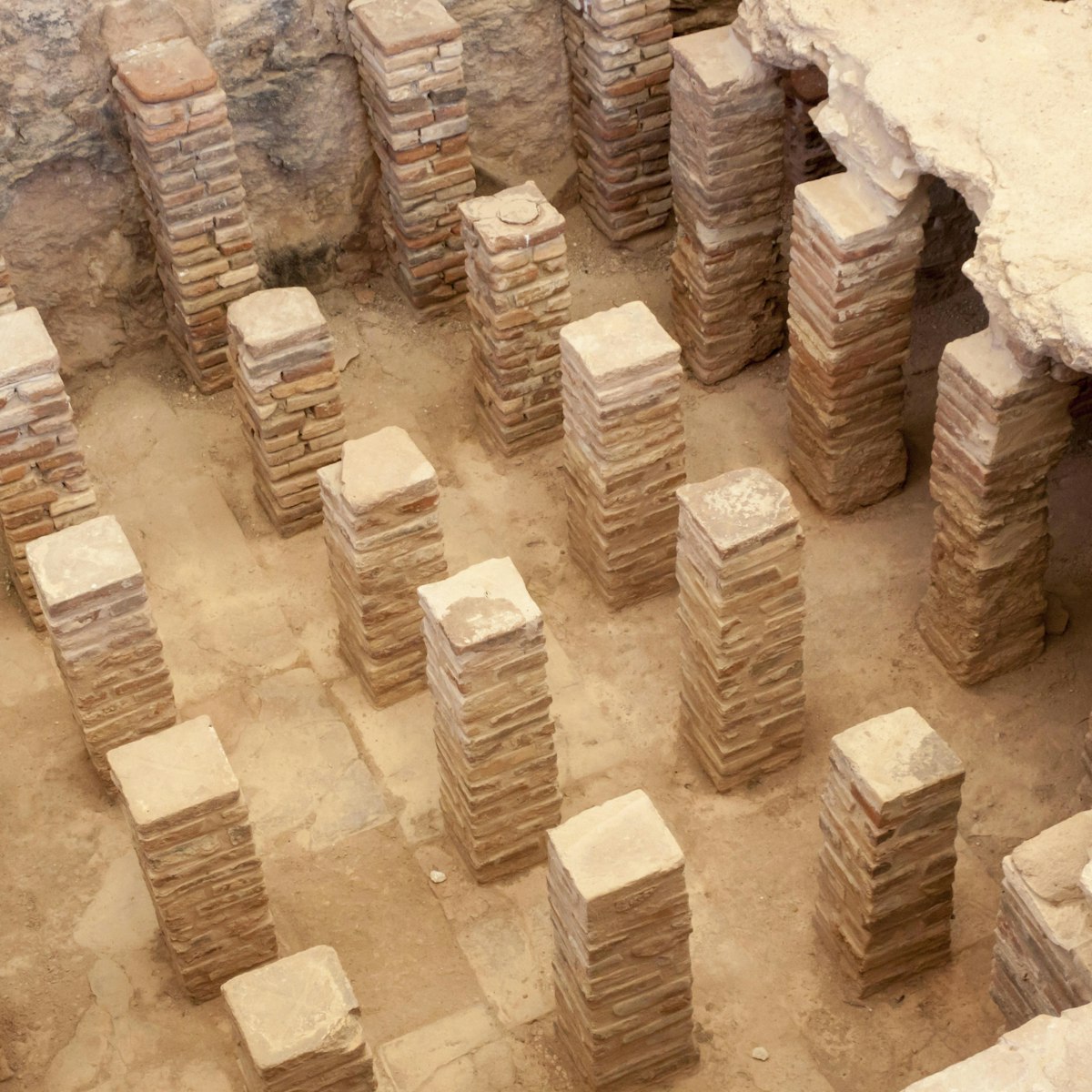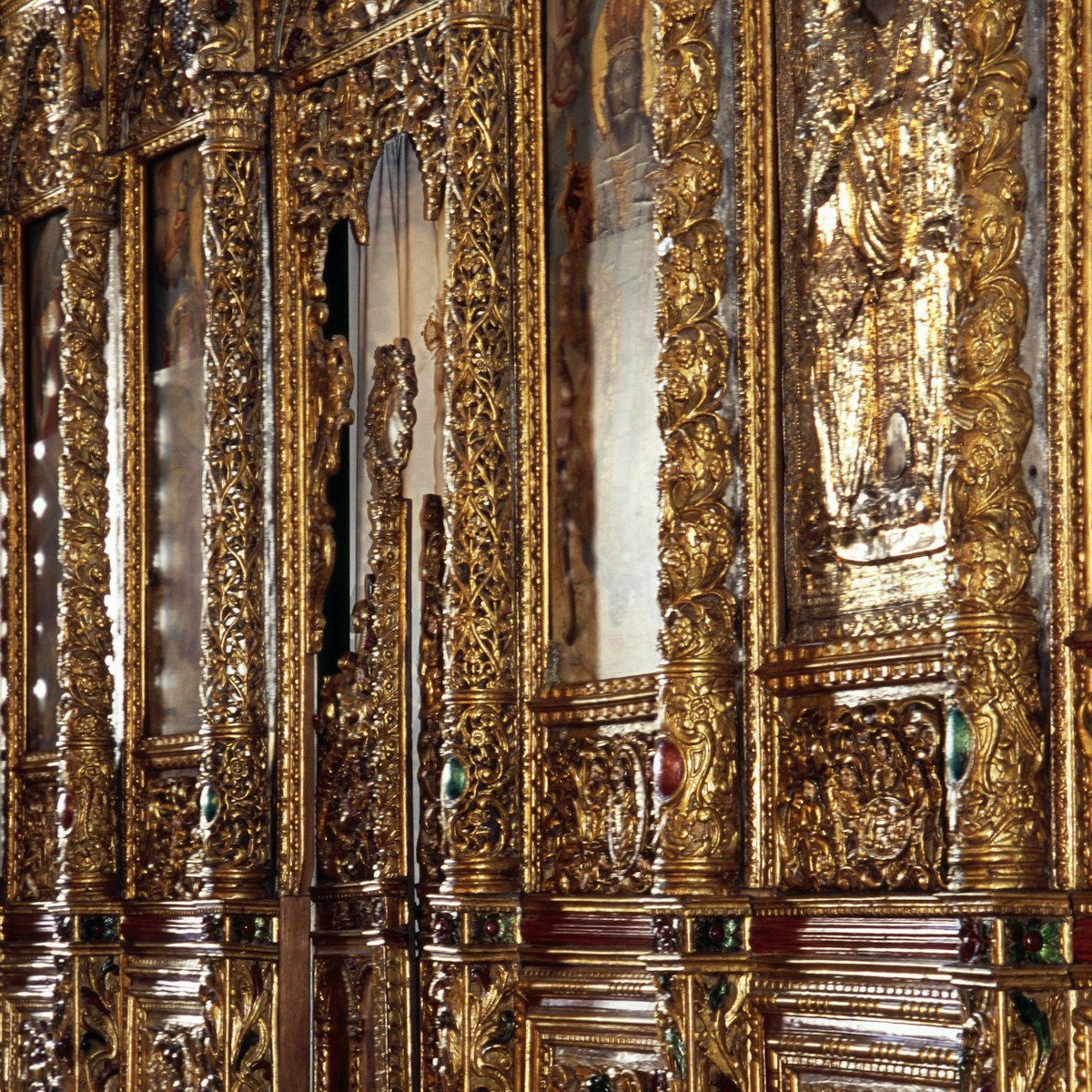Occupying a well-defended hillside with a large perimeter wall, this small but well-preserved neolithic site is the earliest permanent human settlement found in Cyprus, dating back to 7000 BC. A walkway guides you around the settlement, starting at the foot of the hill where reconstructions of huts, built by archaeologists, help you visualise how Choirokoitia’s people would have lived. The best remains are on the hilltop, where you can also see sparse remnants of the settlement’s walls.
Choirokoitia is believed to have been established by peoples from Anatolia and Asia Minor. The remains of more than 50 cylindrical stone and mud dwellings have been discovered, along with prehistoric utensils, indicating that the Choirokoitians practised a sophisticated lifestyle that included well-developed hunting and farming. They also appear to have buried their dead under the floors of their dwellings, as is indicated by the remains of more than 20 skeletons, including those of infants.
The site’s significance in our understanding of neolithic culture was recognised in 1998 when it was added to the Unesco World Heritage list.
Choirokoitia is 32km from Larnaka, just off the main Larnaka–Lemesos highway. If you continue a further 10km towards Lemesos, you can see the neolithic site at Tenta (Kalavasos), easily recognisable by the huge cone-shaped tent shielding it from the elements. It is a simpler version of Choirokoitia but just as important archaeologically.







